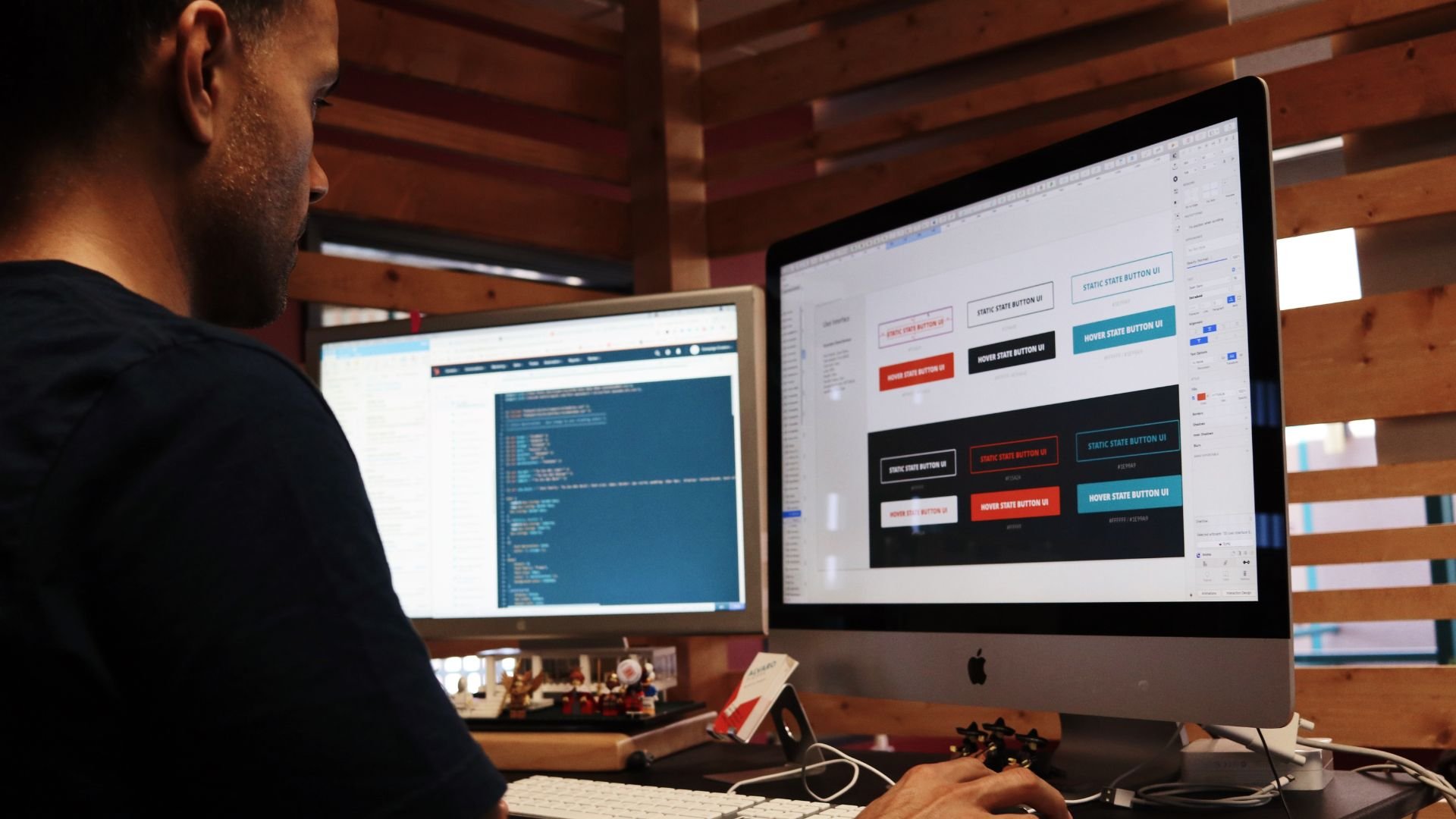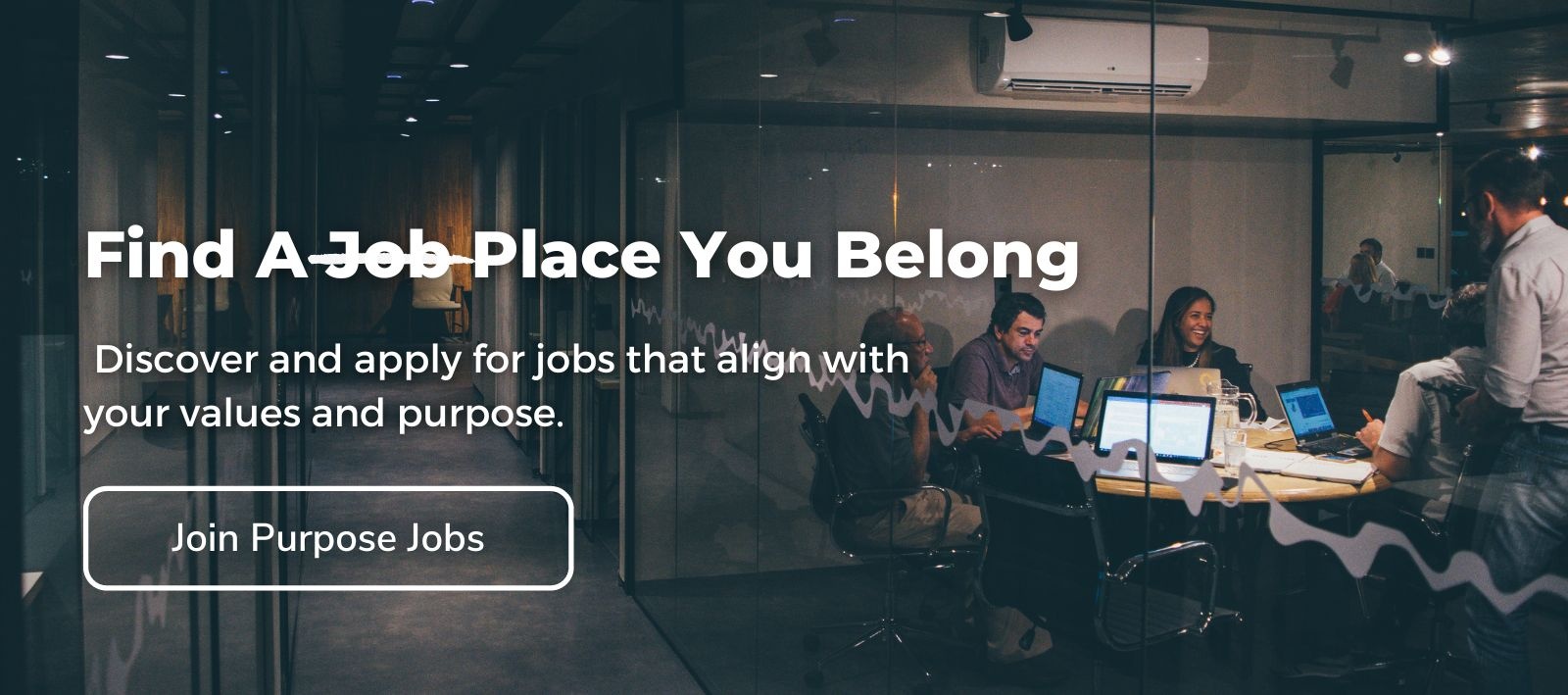Thinking of making the switch from full-time to freelance web design? Here are seven strategies for jumpstarting your success as a web design freelancer.

How to Freelance as a web designer
Get organized
First things first, what do you want out of freelancing? Are you hoping to do it in your spare time or to become a full-time freelancer? Is there a certain number of hours you want to work each month? How much money do you hope to bring in from your freelance ventures?
Grab a trusty notebook and journal your way through these questions. Once you can get a clear idea of what you want out of freelancing, you’ll be able to better evaluate which projects and clients are for you. You’ll also be able to work more effectively towards your goals.
As a freelancer, you’re a one-person operation. With this in mind, you’ll want to try and stay organized. Make a plan for when you’re going to work on things like invoicing, searching for new clients, and building your brand.
Touch up your website
Next up: you’ve gotta get your website in tip-top shape. Your first touchpoint with potential clients is your online portfolio. That being said, take some time to add any recent projects to it or delete any old ones you’re no longer proud of. Comb over your copy and see if there are any ways you can spice things up there. You’ll also want to update your resume.
Consider consulting work
While you’re building your client list, you might want to look into the world of consulting. You can use apps like SKILLR to share your UX and web design expertise with clients via live, 1:1 video calls. The app allows you to toggle your availability on and off so you can chat with clients whenever works best for you.
On SKILLR, you can set a per-minute rate and collect tips for the time you spend consulting. People might call in to get an opinion on their current website design. Or, they may call in if they’re interested in a career in design and want to get advice on the journey.
Leverage your network
Now that you’ve got your website up to date, it’s time to network. Be sure to throw up a post on LinkedIn announcing that you’re taking on freelance web design work. Think back through your Rolodex of past managers and colleagues. Maybe your first manager in the industry has a new startup and needs designers. Chances are there’s someone who could benefit from working with you right in your network. Don’t be shy—reach out to these contacts directly and see if they could use your expertise.
If you’re not already, you can also start attending networking events in your area to connect with potential clients and people in the web design industry. You never know who knows someone who knows someone who needs your services. You can also join any local online groups or Discord channels for people in web design in your area.
Scan job boards
In addition to leveraging your network, you can use those good old-fashioned job boards to find freelance work. Browse Purpose Jobs for tech jobs and scroll through LinkedIn and Indeed. Just be sure to include “freelance” or “part-time” in your keyword searches.
Set up your workspace
Since you’ll likely be working from home most of the time, you’ll want to set up a home office or workspace. You’ll want to make your workplace aesthetically pleasing (you’re a designer, after all). But even more than that, you’ll want to make sure it’s functional and comfortable. You can invest in a standing desk and ergonomic chair to maintain spinal health and avoid straining your neck.
Set some work boundaries
Freelancing can be stressful, especially when you’re first getting your feet wet. That’s why it’s essential to both be honest about how you’re feeling and to set boundaries. In practice, this can look like only working during certain hours, not checking work email on weekends, or finding a co-working space to work from.
You’ll also want to be sure to take breaks when you need them. Schedule vacations regularly. Be honest about how much work you can take on, both with yourself and clients. Don’t be afraid to say no when you need to, like when a client isn’t able to meet you at your rate. Whatever you need to do to separate your personal life from your work life, you’ll want to do that and stick to it.









.png?width=50&name=Erin%20Gregory%20(1).png)